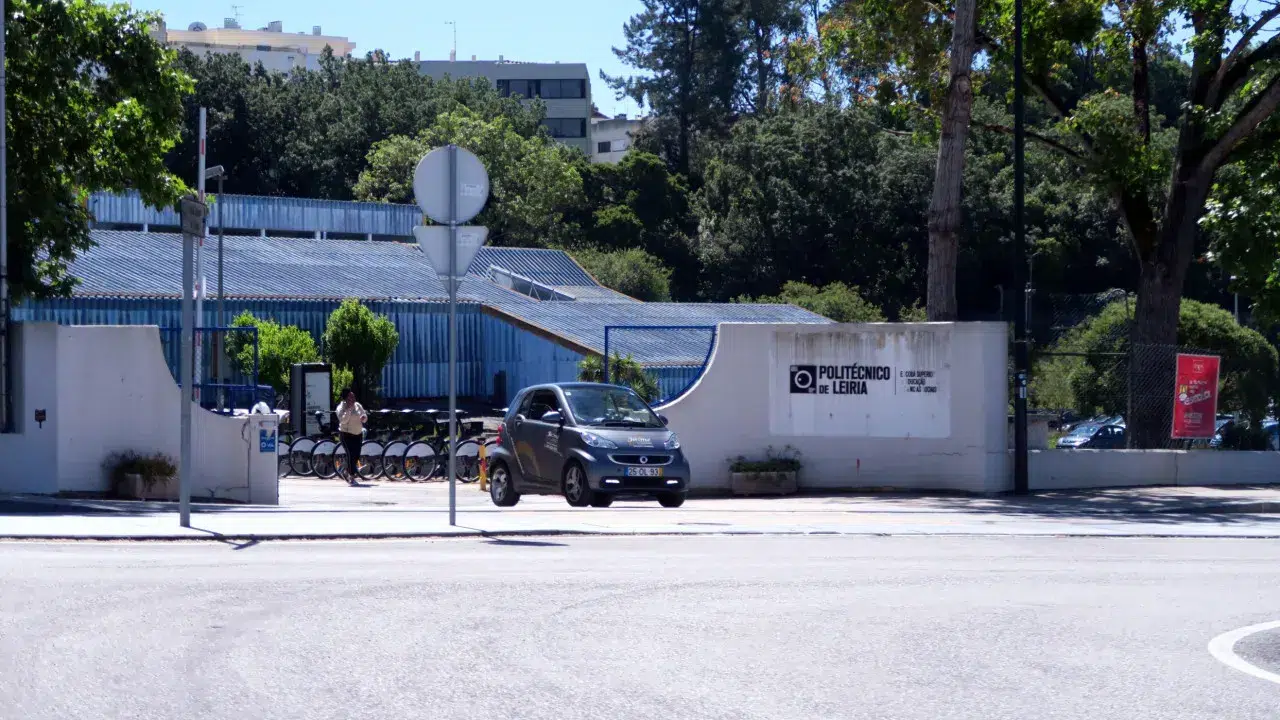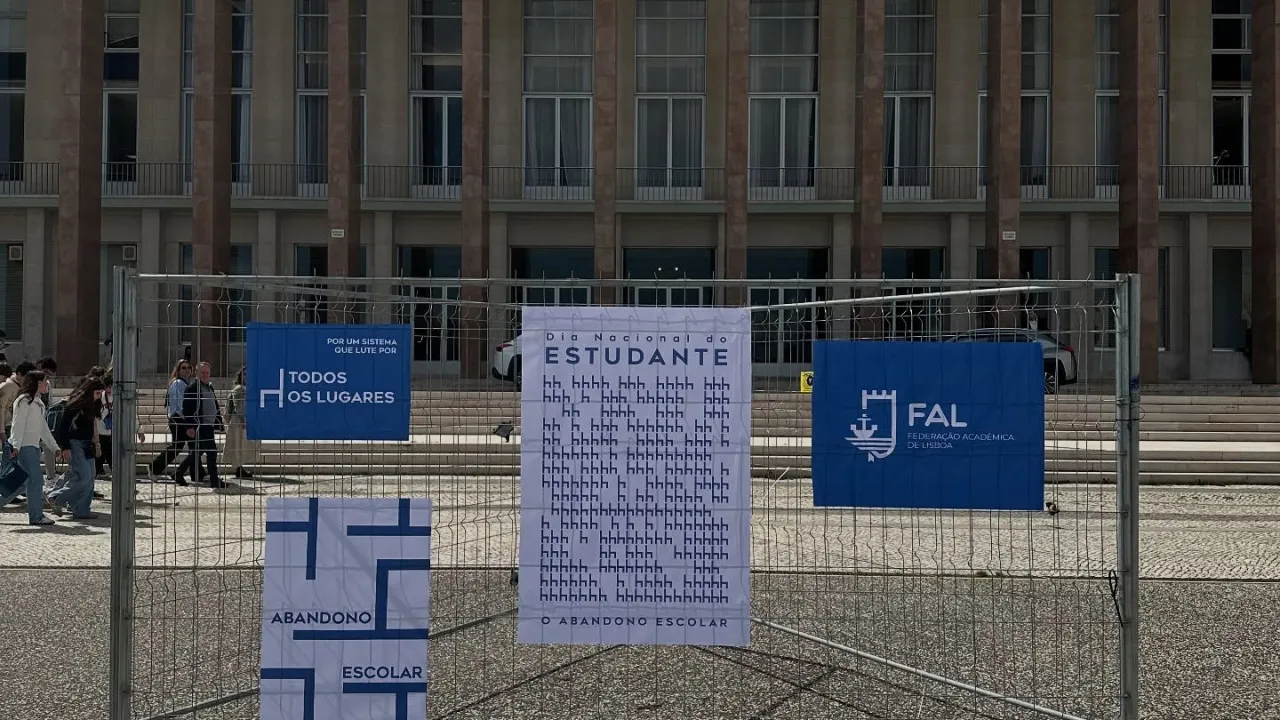
In a statement to the media, the president of SNESup, José Moreira, responded to the results of the higher education admission process announced today, emphasizing that “the decrease in placements was expected, given the number of applicants.”
According to this union, one of the most pressing issues is the reduction of students enrolling in institutions located in the interior of the country. “These are always the ones that struggle most in attracting students,” noted José Moreira, suggesting that “rethinking the allocation of incentives to retain students in interior institutions might be necessary.”
Another concern highlighted by SNESup is the decline in the number of disadvantaged students placed in the first phase of the National Higher Education Admission Competition. Today’s data reveal that 1,548 students receiving A-level Social School Action benefits were placed, 107 fewer than the previous year.
For José Moreira, one potential cause relates to the rising housing costs observed in recent years. High prices mean “many young people don’t even consider applying, as they cannot afford accommodation outside their home area, even in the interior where housing is cheaper but still experiencing significant increases,” he explained.
In this phase of the National Higher Education Admission Competition, 43,899 students were placed, representing a 12.1% decrease compared to last year. Reflecting on this decline, SNESup deemed “the most decisive factor for this reduction was the change in access rules,” which placed greater emphasis on national exams.
“This is a complex issue, as it is always a decision taken by political authorities,” explained José Moreira, adding that if rules are more accessible, the number of candidates might grow; conversely, if rules are more stringent, the numbers decrease, as seen this year.




